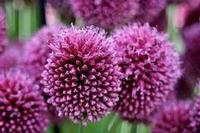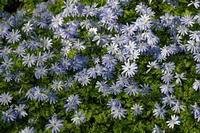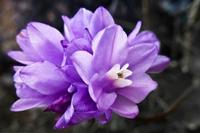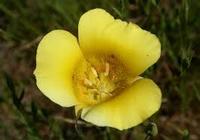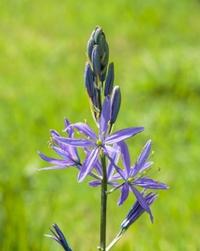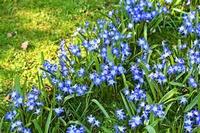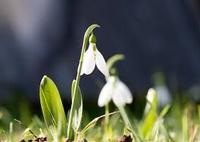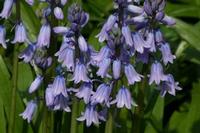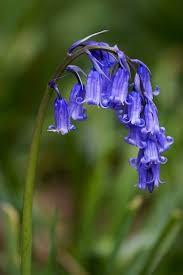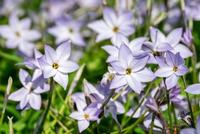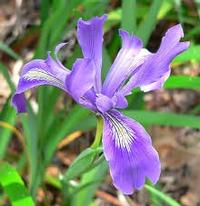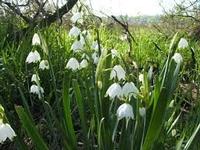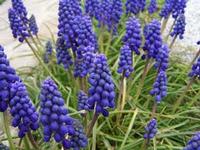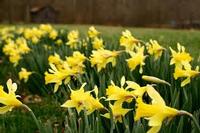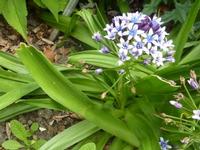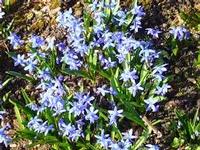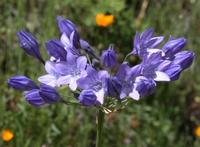Plant bulbs in fall for spring beauty
-
Spring-blooming bulbs give so much beauty for so little effort. Once they are planted, they are basically carefree. Leaves and stems are waiting patiently inside their little brown packages until a bit of rain and winter chill signals their inner calendar that it’s show time. With a bit of planning, you can enjoy successive waves of color in your garden from February through June. Bulbs make few demands, but there are some keys to success:
- Buy top-size bulbs. Budget-priced bulbs generally yield smaller flowers. Order in summer from reliable bulb catalogs or online sources for the best variety. If buying from a nursery, select firm bulbs with no soft spots.
- Location: Choose a sunny or partially shaded spot depending on the species' light requirements.
- Soil: If the planting area doesn't have fast-draining soil, amend it with organic matter, such as compost or well-rotted manure, to a depth of 8 to 12 inches. Bulbs sitting in sodden heavy clay soil will rot.
- Planting: Check the planting instructions for each type of bulb, but as a rule of thumb, plant at a depth three times the height of the bulb.
- Arrangement: Arrange the bulbs in informal clusters, rather than singly or in rows, for a showier display. For mass plantings, some gardeners recommend tossing the bulbs on the prepared soil and digging them in where they fall.
- Deer and rodents: Most bulbs are deer and rodent resistant, except for tulips, which gophers and deer savor.
- Pollinators: Plants that are extra attractive to pollinators include allium, anemone, camassia, chionodoxa, and muscari.
- Chilling: Tulips and hyacinths should be prechilled for at least 4-6 weeks before planting. You can prechill them in a refrigerator but keep them away from apples and other fruits, which emit ethylene gas that can harm the bulbs. Plant the bulbs immediately after removing them from the refrigerator.
- Care: After the flowers have died in spring, allow the leaves to stay in place until they turn brown. Do not tie or braid the leaves; they need sunlight to produce food to replenish the bulb. Choose planting sites where the dying foliage will be camouflaged by other plants.
While most of the large-flowered tulips do not come back reliably after our mild winters, the smaller species tulips often provide a repeat performance. Try Tulipa bakeri, Tulipa clusiana or Tulipa saxatilis. Warning: gophers devour tulip bulbs.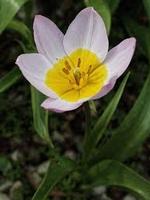
Good naturalizers
Gardeners immediately think of daffodils when imagining drifts of eye-popping spring color, but there are many other bulb species that naturalize readily. In addition to multiplying year after year, these species have the added bonus of being deer and rodent resistant:


